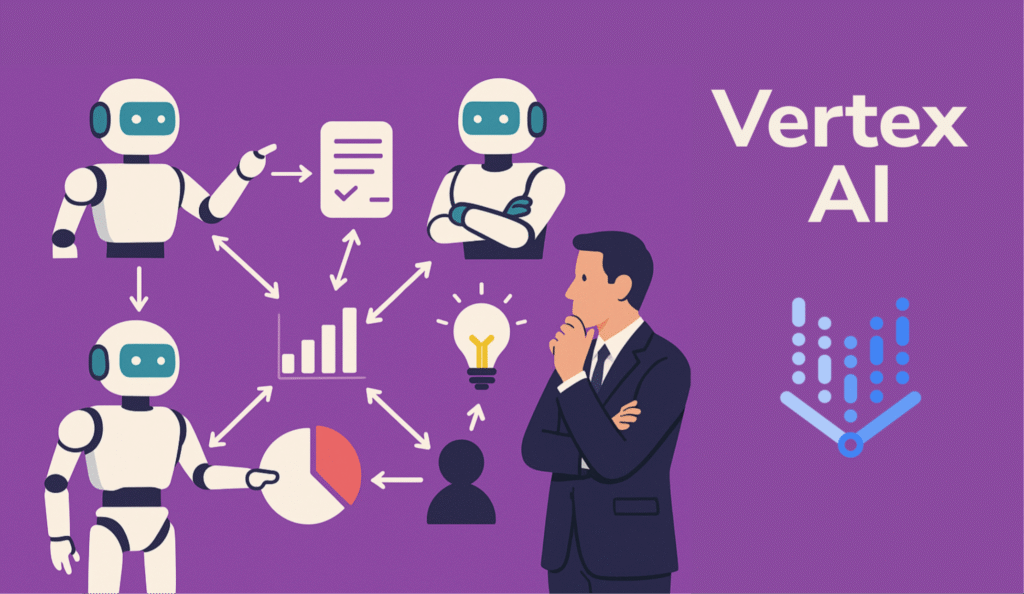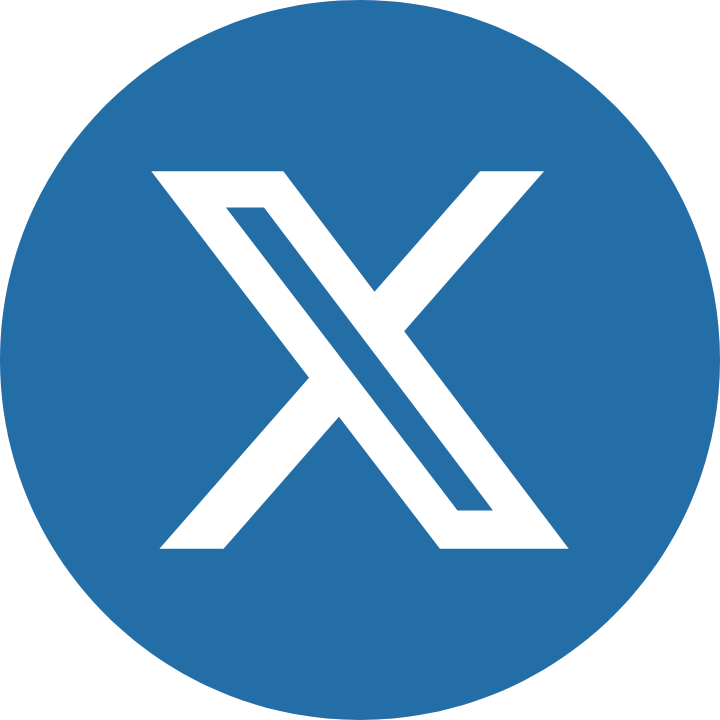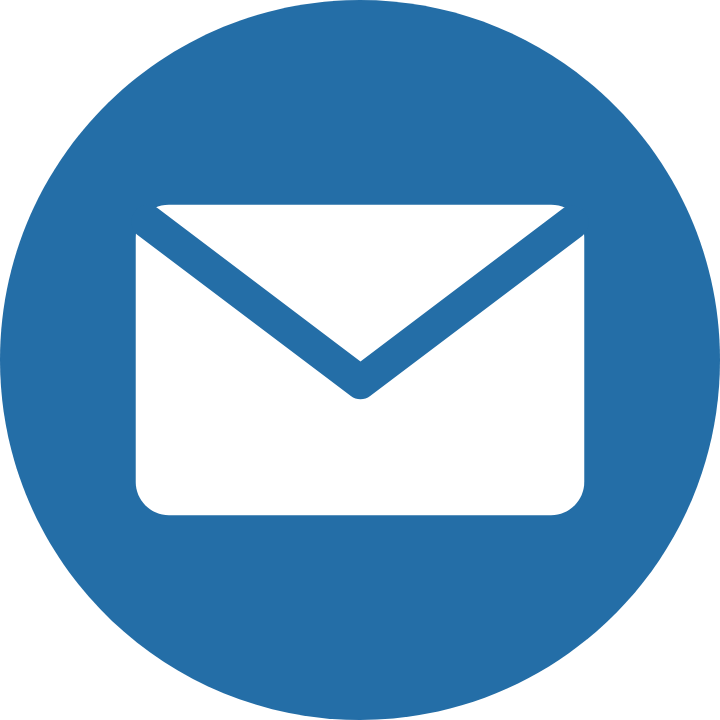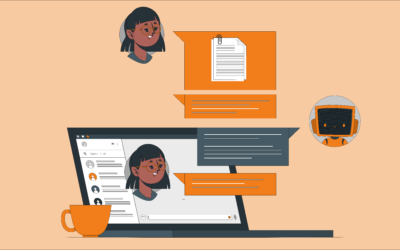Table of Content
- Vertex AI: An AI-Powered Platform
- Layered Architecture Overview
- Building Blocks of a Vertex AI Agent
- Connecting Agents to Your Enterprise
- Enterprise-Ready Features: Governance, Security, and Observability
- Common AI Agent Architectures with Vertex AI Agent Builder
- Krasamo’s AI Development Services
- Next Steps
AI Agents are a game changer for business process automation. Modern enterprises face mounting pressure to automate complex workflows, surface actionable insights, and personalize customer experiences at scale.
AI agents—autonomous, goal-driven applications built on large language models (LLMs)—offer a powerful new paradigm.
Instead of hard-coded UIs or one-off scripts, AI agents can ingest instructions in natural language, reason over multiple steps, call external services, and maintain context across interactions. For business stakeholders, this means faster time to insight, fewer manual handoffs, and a dramatic reduction in development overhead.
At Krasamo, we partner with organizations to deploy and scale AI agents on Vertex AI—Google Cloud’s unified platform for building, deploying, and managing intelligent agents. In the sections that follow, we’ll outline its core components, ecosystem connectivity, and enterprise-ready features to build AI agents.
Vertex AI: An AI-Powered Platform
Core Components
Google Cloud’s Vertex AI unifies its world-class LLMs (the Gemini series), your choice of third-party and open-source models, its data platform, and orchestration services into a single, cohesive cloud computing environment. We help clients leverage three core pillars:
Model Garden
Access to a comprehensive library of curated, production-ready models, including Google’s Gemini 1.5 Pro and popular open-source models like Llama 3. All models are kept up-to-date and benefit from Google Cloud’s enterprise-grade security, governance, and privacy controls.
Vertex AI Agent Builder
- Agent Development Kit (ADK): An open-source Python SDK for defining multi-agent workflows, injecting deterministic logic, and visualizing execution graphs. It also plugs into Agent-to-Agent (A2A) protocol, for cross-agent coordination.
- Agent Tools: A modular collection of utilities and integrations to enhance your ADK agent capabilities, including built-in tools—such as Vertex AI Search and Code Execution—Google Cloud tools, Model Context Protocol (MCP) tools, a Retrieval-Augmented Generation (RAG) engine, and support for external toolchains, allowing teams to build with familiar libraries. These include integrations with LangChain, CrewAI, and LlamaIndex, enabling agents to orchestrate complex workflows, call APIs, and reason over both structured and unstructured data sources.
- Agent Engine: A fully managed runtime for deploying agents at scale, with built-in observability (tracing and logging via OpenTelemetry), memory for session-level context, and evaluation hooks for continuous quality tuning.
- Agent Garden: A library of pre-built agents, samples, and connectors to accelerate discovery and jump-start common use cases (e.g., data science, customer service, pricing).
Enterprise Context Integration
-Native connectors for BigQuery, Cloud Storage, Apigee API Hub, and 100+ SaaS applications via Google Cloud Integration Connectors.
-Powerful tools for securely grounding models in your proprietary data—including structured tables, unstructured documents, and live application APIs—to turn generic agents into mission-critical applications.
Layered Architecture Overview
A typical AI agent built on Vertex AI involves these conceptual layers:
- Model Foundation: The core Large Language Model providing reasoning capabilities (e.g., Google’s Gemini series, selected third-party models via Model Garden).
- Tools & Data Grounding: Mechanisms enabling the agent to interact with the outside world and access specific information (e.g., Function Calling for APIs, RAG retrievers via Vertex AI Search, database connectors).
- Agent Logic & Orchestration: The core engine managing the task flow, planning steps, deciding when to use tools vs. the LLM, and maintaining context (implemented using Vertex AI SDKs, open-source frameworks like LangChain/CrewAI, or custom code like the ADK mentioned).
- Deployment & Management (Agent Engine): The scalable, managed runtime environment where the agent executes, including monitoring, logging, security, and evaluation (leveraging Vertex AI’s infrastructure and observability tools).
Building Blocks of a Vertex AI Agent
Agent Definition
- Authored primarily in natural language: specify goals, persona, behavior constraints, and available tools.
- Minimal boilerplate code; focus on strategy rather than plumbing
Agentic Orchestration
- Orchestration layer calls the LLM with the task prompt and reads back a multi-step plan.
- Executes each plan step (tool invocation or sub-agent handoff), feeds results back into the LLM, and adapts dynamically.
- Maintains intermediate state (agentic memory) across long-running sessions or multi-agent collaborations.
Tooling & Sub-Agents
- Tools: Defined API/function definitions that let agents perform real-world actions (DB queries, SaaS operations, model training).
- Sub-Agents: Specialized agents (e.g., Data Science Agent, Customer Agent, Developer Agent) that encapsulate domain expertise; orchestrator routes tasks among them.
Connecting Agents to Your Enterprise
- Data Access: Use the open-source Gen AI Toolbox—alongside the ADK—to hook agents into BigQuery, Cloud Storage, vector embeddings, and document stores (via pre-built adapters) with just a few lines of code.
- API Integration: Use Apigee API Hub to expose internal services (e.g., order management, inventory) as agent tools, complete with documentation and authentication.
- SaaS Connectivity: Leverage GCP Integration Connectors to tap into Salesforce, ServiceNow, SAP, and other enterprise SaaS with no-code setup.
By embedding agents in your existing data fabric and API ecosystem, you unlock real-time decision-making—whether it’s automated price adjustments, customer support escalations, or predictive maintenance workflows.
Enterprise-Ready Features: Governance, Security, and Observability
Security & Compliance:
- End-to-end encryption, VPC Service Controls, IAM-driven access policies, and audit logging ensure your agents and enterprise data remain protected and compliant with industry regulations.
Governance & Cost Management:
- Central policy engine lets you restrict which tools and APIs agents can invoke, apply content filters, and enforce audit trails. Built-in budget caps and auto scaling controls help you contain token usage and cloud spend.
- Integrated cost dashboards and alerting let you track token spend in real time and configure usage thresholds—so you never get surprised by runaway bills.
No-Code Agent Designer & Customer Engagement Suite:
- Beyond the developer-centric ADK, Vertex AI offers a drag-and-drop Agent Designer for citizen developers, plus a low-code Customer Engagement Suite for building voice/chat experiences that your customer-facing teams can manage without writing Python
Rich Runtime Capabilities:
- Out-of-the-box support for bidirectional audio/video streaming, human-in-the-loop workflows, and long-running async tools lets you tackle everything from live support kiosks to automated data pipelines.
- Built-in support for live code execution and agent simulation—so you can prototype or stress-test complex workflows end-to-end before hitting production.
Observability & Continuous Quality:
- Agent Engine Console: Real-time metrics (QPS, latency, token usage) with OpenTelemetry tracing.
- Session Traces & Example Store: Drill into each LLM call, inspect inputs/outputs, and save annotated examples for few-shot quality tuning.
- Evaluation Suite: Benchmark agent responses against golden datasets or automated LLM raters to track improvements over time.
Common AI Agent Architectures with Vertex AI Agent Builder
Vertex AI Agent Builder empowers you to create tailored agents rather than choose from a fixed catalog. The most effective patterns include:
- Conversational Agents
From simple FAQ bots to transactional assistants, these agents leverage natural-language understanding to engage users across chat and voice channels. - Framework-Based Agents
Integrate with popular open-source toolkits like LangChain, LangGraph, and CrewAI to orchestrate multi-agent workflows, reuse community components, and accelerate development. - Custom Multi-Agent Systems (ADK)
Use the open-source Agent Development Kit (ADK) for full control over agent definitions, inter-agent coordination, deterministic logic, and advanced orchestration. - RAG Agents: Retrieve and synthesize enterprise documents via Vertex AI Search and Conversation for context-aware responses.
- Tool-Equipped Agents: Invoke built-in or custom tools—Google Search, code execution, Cloud APIs, OpenAPI services, and 100+ SaaS connectors—to perform real-world actions.
- Use-Case Categories
– Customer Agents: Handle inquiries, orders, bookings, and support.
– Employee Agents: Automate HR tasks, invoicing, and inventory workflows.
– Knowledge Agents: Serve domain experts with legal, sales, or technical insights.
– Voice Agents: Power hands-free interactions and contact-center assistants.
All agents deploy seamlessly to the Agent Engine, a fully managed runtime for scaling, monitoring, evaluation, and continuous improvement in production.
Krasamo’s AI Development Services
Our approach to delivering multi-agent applications includes:
- Discovery & Design: Collaborate with stakeholders to map out business processes, identify agent roles (e.g., data retrieval, decision planning, action execution), and define success metrics.
- Development & Testing: Leverage the ADK to rapidly prototype agents, interweaving deterministic workflows with generative reasoning. Use local visualization tools to validate agent plans and tool invocations.
- Deployment & Scaling: Deploy agents via the Agent Engine on Google Cloud’s scalable infrastructure. Implement session tracking, memory banks, and example stores to personalize and refine agent behavior over time.
- Monitoring & Optimization: Continuously evaluate agent performance against KPIs, adjust memory retention policies, and expand tool integrations, ensuring ongoing alignment with evolving business needs.
Next Steps
- Discovery Workshop: Map top-value use cases where AI agents can eliminate manual bottlenecks.
- Pilot Engagement: Spin up a Vertex AI Agent Builder sandbox in your GCP environment; build a proof-of-concept agent over 4–6 weeks.
- Enterprise Rollout: Leverage Krasamo’s implementation framework—data integration, security hardening, UX design, and change management—to scale agents across departments.
By partnering with Krasamo, organizations gain a turnkey path from ideation to enterprise-grade AI agent deployment, accelerating digital transformation while maintaining control, security, and interpretability.












Hey thanks for sharing this! 🙌 I gotta say, as an IT project manager with some AI knowledge, it’s great to see the Vertex AI capabilities in action. The Agent Engine Console sounds like a game-changer for monitoring performance. Also, have you explored using Large Language Model (LLM) application development frameworks like LangChain or CrewAI? They seem like a more efficient way to build and integrate custom multi-agent systems with the ADK. It’s always good to know we can use pre-existing toolkits to speed up development 🤖